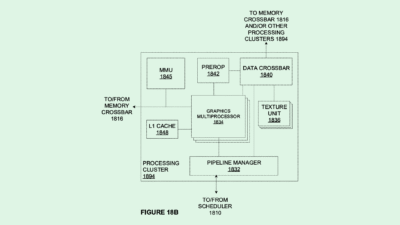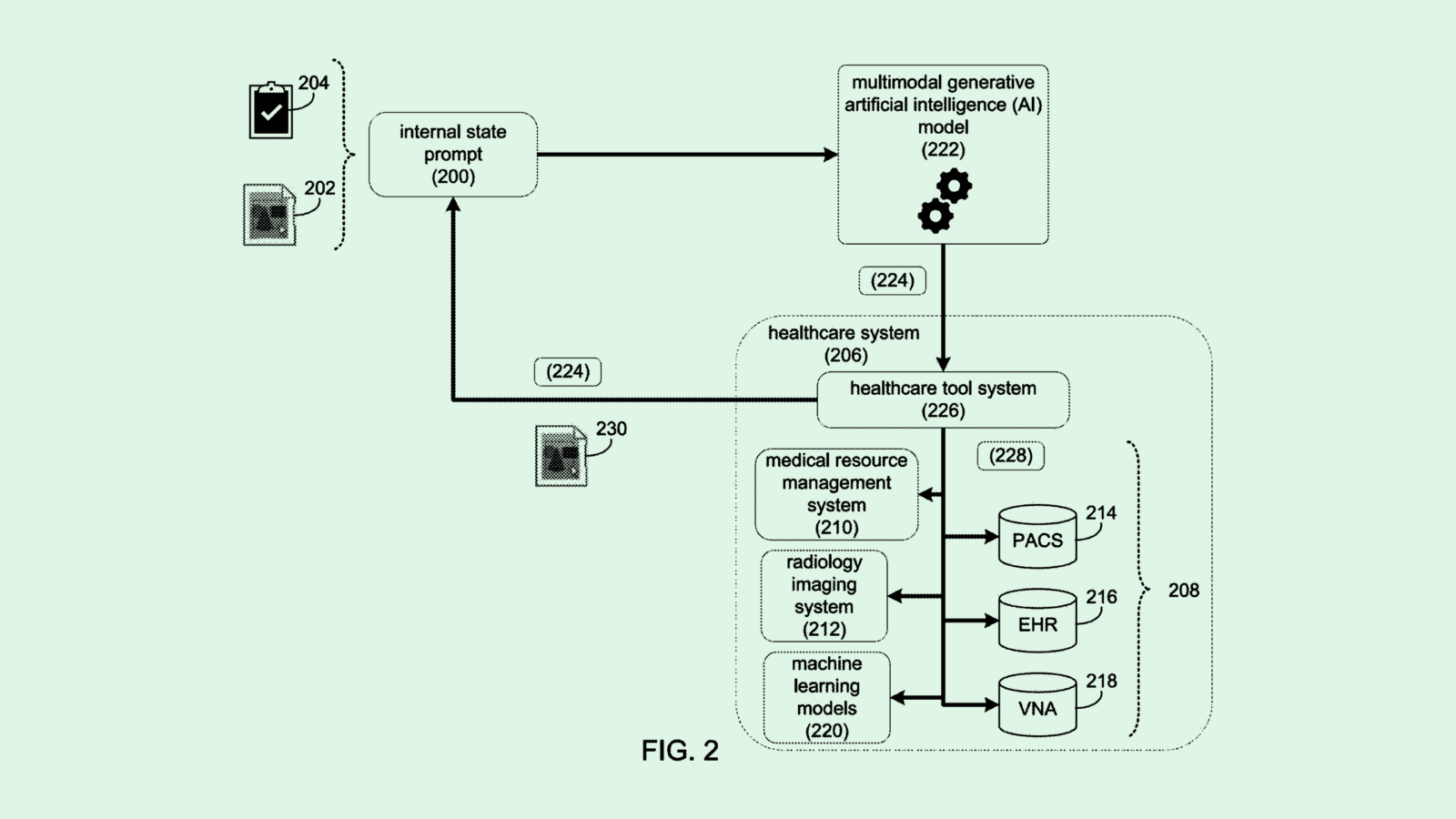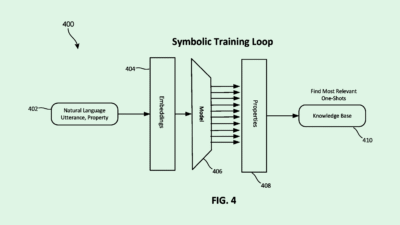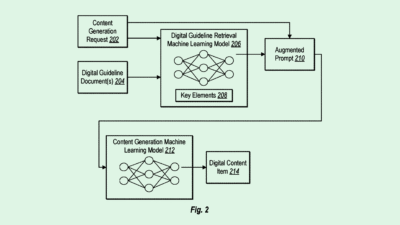
Sign up to get cutting-edge insights and deep dives into innovation and technology trends impacting CIOs and IT leaders.
AI data centers are clustered in the northern hemisphere.
Data from Oxford University, reported by The New York Times earlier this week, found that only 32 nations house AI data centers. The US, the EU and China harbor most of them, and 90% are operated by US and Chinese companies.
The reason isn’t simple geographic preference: With the colossal expenditure required for constructing such centers, it makes sense that wealthier economies have denser AI infrastructure than others, said Trevor Morgan, COO of OpenDrives: “AI is a resource.”
“There are certain parts of the world that have lots of oil, there are certain parts of the world that have a lot of uranium, but in order to get to a resource, you have to have resources,” said Morgan. “You’re talking about the tech-heavy centers of the world that also have the resources to develop a new resource.”
That doesn’t mean that enterprises everywhere else are down for the count, however “Don’t overlook creativity and the desire for some of these emerging markets to do more with less,” said Morgan.
‘Natural Progression’
And the disparity may not exist forever, regardless. Large enterprises that have the necessary cash may seek to invest in emerging markets.
- Morgan compared it with the development of the Stargate AI data center project in the small town of Abilene, Texas: “Economic centers are changing. If it’s shifted to Abilene, why can’t it shift to somewhere else?”
- Expanded overseas development may already be taking place, too. In late May, Amazon pledged to develop AI-focused server farms in Chile, New Zealand, Saudi Arabia and Taiwan.
- Building out infrastructure in those markets would likely be a boon for the AI industry broadly, said Morgan, creating a “diversity in the evolution of the technology.”
“Those who have the resources are the ones who can go and speculate and probably corner future markets. That hits pay dirt,” Morgan said. “It’s almost like the natural progression of market buildout.”











